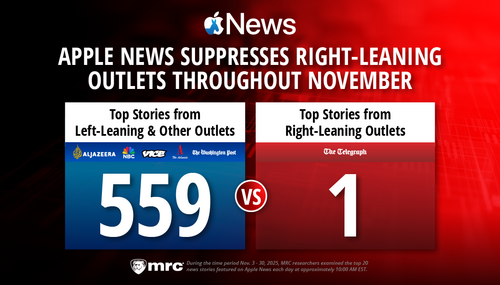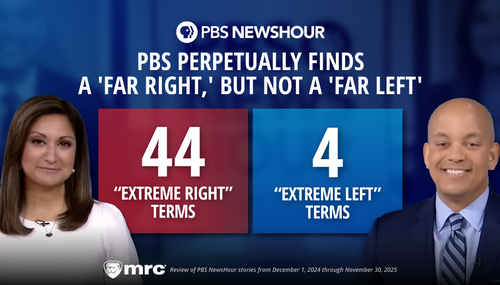As we survey the horror of the Ft. Hood massacre, it might be useful to remember that we’ve been here before, with another shooting 16 years ago. The circumstances were very different, but the reaction of the media and other elite – the excusing, the spinning, the slight regard for the victims – has been eerily similar.
On Dec. 7, 1993, aboard a crowded rush hour Long Island Railroad train from Manhattan to Hicksville, N.Y., a Jamaican immigrant named Colin Ferguson pulled a gun and began firing at fellow passengers. He killed six and wounded 19 before being subdued by three passengers. The story of Ferguson’s trial is bizarre and tragic, played out against the backdrop of a “Bonfire of the Vanities” New York in the pre-Giuliani era. When the NassauCounty commissioner quite sensibly called Ferguson “an animal,” Jesse Jackson parachuted in to condemn the comment as racist. Al Sharpton took time out from inciting arson and murder long enough to warn of a backlash against blacks. On Dec. 13, the New York Times quoted one Doris Perkins, who, when she first heard about the crime, had hoped the shooter wouldn’t turn out to be black. “‘I figured if he was black, there was going to be hell to pay,’ said Mrs. Perkins, a black nurse from Jamaica, Queens. ‘I told my two teen-age sons to stay in the house and off the streets until this thing blows over.’” Without apparent irony, the article went on to quote Jesse Jackson, saying, “In a sermon at the Cathedral of the Incarnation in Garden City, L.I., yesterday, Mr. Jackson warned against revenge and race-baiting as a result of the incident.” Meanwhile, the Understand and Excuse engine kicked into high-gear. Leftist attorneys William Kunstler and Ron Kuby, who never met an America-hating psycho they wouldn’t represent, took up the case. With characteristic contempt for the criminal justice system, they invented the “black rage” defense for Ferguson. Helped by Ferguson’s own lunatic writings uncovered after the crime, Kunstler and Kuby’s “black rage” theory argued that repeated and prolonged exposure to racism drove Ferguson to an act of violence for which he wasn’t responsible, in the same way “battered wife syndrome” exonerated women who killed their abusive husbands. In the New York Times, Robert D. McFadden recounted Ferguson’s “tormented life” in a world of “unjust laws and universal hostility” where he “brooded over what he saw as the implacable racism of America.” Time magazine’s Anastasia Toufexis and Patrick E. Cole quoted the Ferguson’s landlord in the New York Daily News, saying, "He had the 'American Dream,' and when it fell apart, he looked to blame somebody.” “In the end,” Toufexis and Cole wrote, “all Ferguson had left was rage.” Fast forward 16 years. Replace Colin Ferguson with Nidal Hasan, the LIRR with the FortHood soldier processing center, “black” with “Muslim,” and “black rage” with “pre-traumatic stress disorder.”
Yes, “pre-traumatic stress.” As the media heroically struggled not to notice that the Ft.Hood gunman was a Muslim (after all, President Obama had warned us all not to jump to conclusions, and his FBI immediately ruled out terrorism), they cast about for ways to excuse Hasan. The war must have done it to him! Unfortunately, Hasan had never left the States. But he was a psychiatrist who had to counsel those who had been in combat. And he was set to ship out for Afghanistan. On CBS, Bob Scheiffer said, “Sadly, this shows the Army still does not take protecting soldiers’ mental health as seriously as it does training them to shoot.” Well, if you mean that this is the caliber of shrink the army is providing, you may have a point, Bob. On NPR, Nov. 6, reporter Tom Gjelten said, “There's - almost seems to be a phenomenon that you could maybe call a pre-traumatic stress disorder.”
But eventually, the press could no longer ignore Hasan’s religion. In an echo of Doris Perkins, ABC’s Martha Raddatz said, “As for the suspect, Nadal Hasan, as one officer's wife told me, ‘I wish his name was Smith.’” Newsweek’s Evan Thomas cringed “that he’s a Muslim. I mean, because it inflames all the fears,” while ABC’s Charlie Gibson fought a valiant rear-guard action: “With America fighting Islamic enemies overseas, Muslim troops face a unique burden … not seen since Japanese-Americans fought in World War II.” It gets really depressing when you consider similar blather from the Army Chief of Staff. On ABC “This Week,” Gen. George Casey said he feared a (you guessed it!) “backlash against some of our Muslim soldiers," said Gen. George W. Casey Jr. on ABC's "This Week."
"I believe it would be an even greater tragedy if our diversity becomes a casualty here," Casey said.
The anti- Muslim backlash won’t occur, just as “Let’s Roll” didn’t roll into mosques after 9-11. Just as the anti-black backlash didn’t occur after the LIRR shooting. But the hand-wringing about backlashes tells us much. Our elites – even some of our elite soldiers – fundamentally distrust this country.
It’s somehow fitting that the Fort Hood massacre took place within days of Obama’s no-show at the Berlin Wall. Our head of state, the man with the bully pulpit who never misses an opportunity to talk (mostly about himself), couldn’t be bothered to commemorate that great moment for human freedom – maybe America’s greatest victory. To his acolytes in the media, the same people who apologize for killers and await phantom backlashes from ordinary Americans, that’s OK. After all, the Cold War was won by people who understood right and wrong and could tell good guys from bad. And as Ferguson and Hasan and so much in between proves, that’s not how our news media roll.




